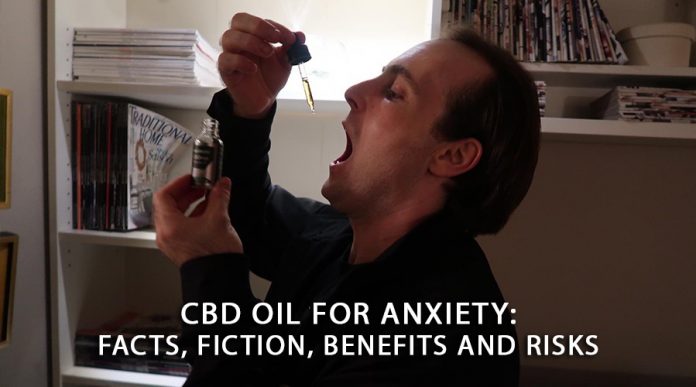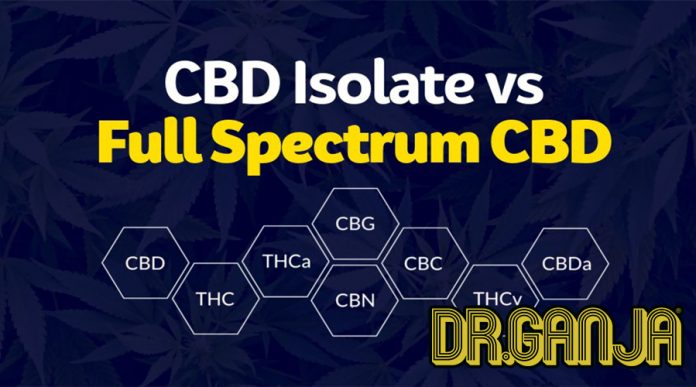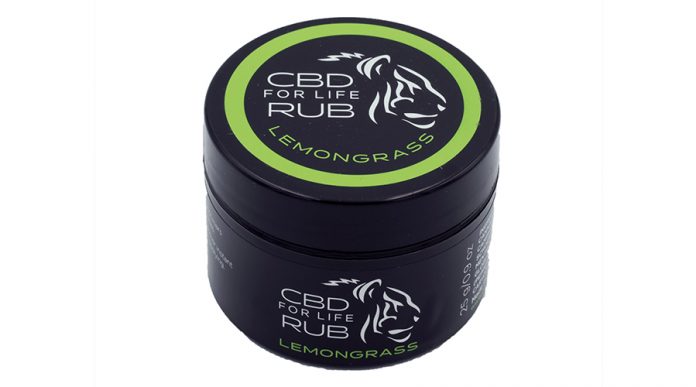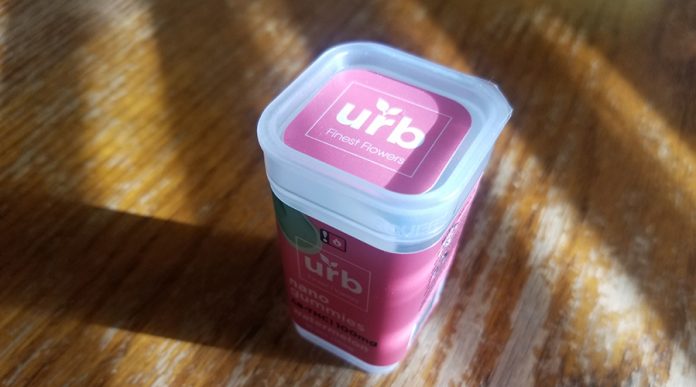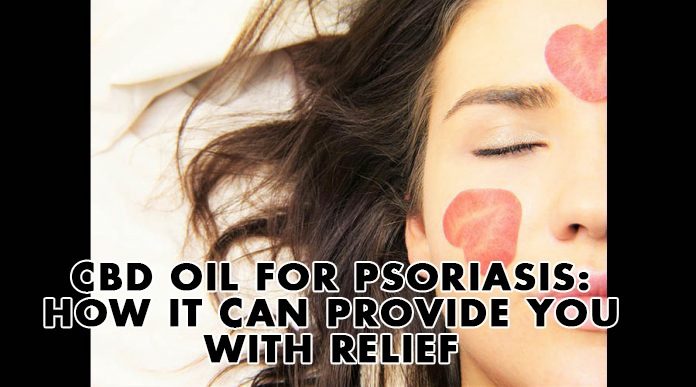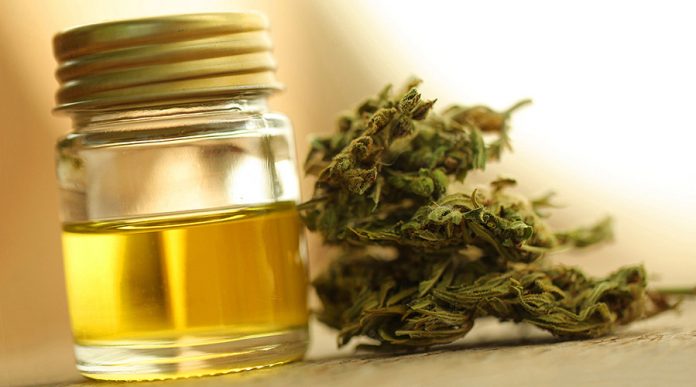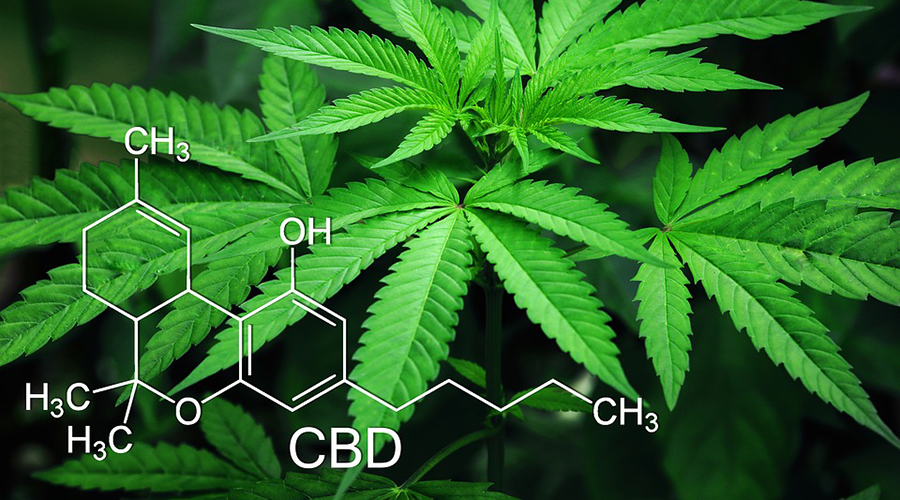
Contents
Sickness sucks, but so do some medicinal side effects! Common prescriptions commonly have negative reactions like nervousness, tremors, allergic reactions, loss of appetite, nausea, bloating, constipation, and diarrhea. Fortunately, there is at least one solution for a number of physical conditions ranging from mild to serious that has a limited risk and a small number of potential side effects: CBD. To be fair, there are rare occasions when cannabidiol has made someone sleepy or have a touch of dry mouth, and extremely rarely someone gets itchy or has stomach upset. Compared to traditional medicines, cannabidiol is a safer and more natural alternative medication.
Now that cannabis in both hemp and marijuana forms is becoming more legalized, less vilified or stigmatized by society, products with CBD isolate and full-spectrum hemp have grown hugely popular. Hemp products have begun appearing in pharmacies, health food stores, and even grocery stores like Kroger.
What is CBD?
Cannabidiol, is a cannabinoid that is non-psychoactive, unlike the related cannabis compound THC that produces the high associated with marijuana. CBD can be sourced from either marijuana or hemp. If it’s from a pot plant then it’s a CBD isolate. If it’s full-spectrum hemp CBD then it contains dozens of cannabinoids – but only .03% THC or less legally – with CBD comprising 90% of the cannabinoid content. Hemp-derived CBD also contains essential vitamins and minerals, fatty acids, protein, chlorophyll, fiber, flavonoids, and terpenes. Cannabidiol has become renowned as a cure or treatment for a number of physical ailments and health concerns, as well as a supplement for balanced body function.
There are so many different ways to experience the health benefits of cannabidiol that it can be a little mind-boggling to figure out which way to take CBD isolate, or full-spectrum hemp. What way is best for you? After all, you can smoke it, vape it, take it as a tincture or in capsules, eat it infused in food, rub it on as part of a skin cream or wear a dermal patch.
There are as many ways to dose yourself with cannabidiol as there are common ailments that its been know to help with, such as chronic pain, anxiety and depression. Cannabidiol may also treat cancer symptoms and alleviate side effects of chemotherapy like nausea and vomiting. Cannabidiol may significantly reduce inflammation, quiet insomnia, and is thought to have productive properties useful for treating neurological disorders like epilepsy and multiple sclerosis. With so many options, how do you decide which way is the best way to take CBD for what ails you?
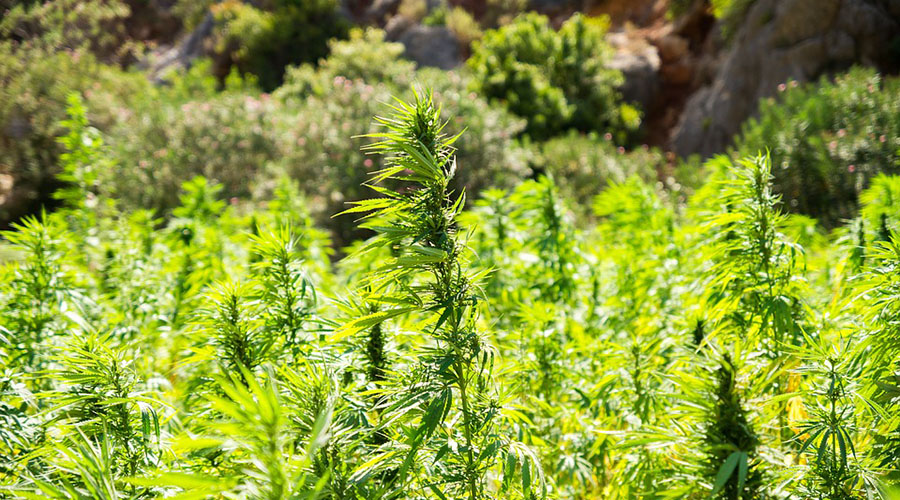
How to CBD, Let Us Count the Ways
There are several considerations as you ponder which way to take CBD. What are you taking cannabidiol for? How fast do you need it to take effect? How often will you be using it? Is discretion a concern? Do you need a solution that is portable that you can take when you’re on-the-go?
People as patients have different needs and different responses to cannabidiol, so it’s important for you to carefully determine what works for you in whatever situation you find yourself in. It takes some finesse and patience, because what works for someone else may not be the best fit for you. With some head knowledge and probably a little trial-and-error, you can tailor your usage to get the right effect for your own personal needs.
Dosing can be very specific for different problems and for different people, everybody’s needs and physiology are a little different. Many medical doctors and nurses are accepting of CBD and hemp oil use, nowadays, and they may have some recommendations for you. It never hurts to get some sound medical advice, and health care professionals may have familiarity with your treatment history, other medications you may be taking and access to your medical records.
There are, however, some general dosing guidelines for the various ways that you can medicate with cannabidiol
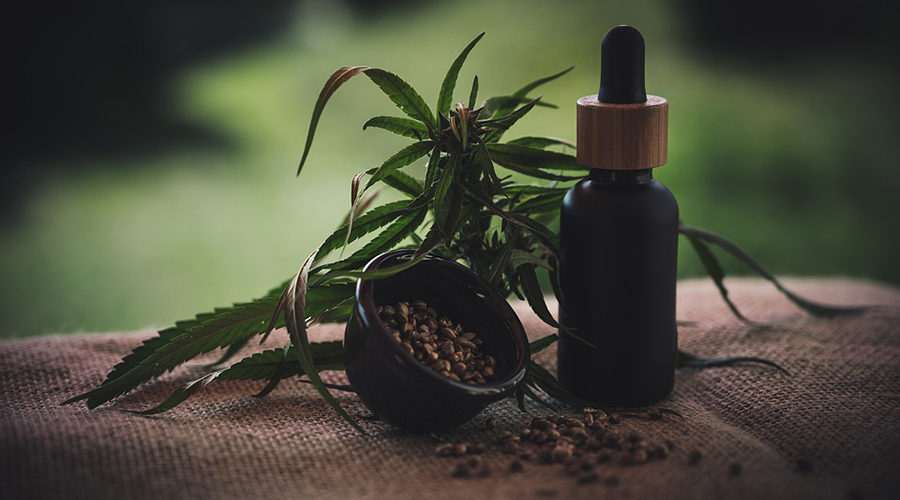
CBD Oil
Oil, or tincture, is one of the most popular ways to take CBD. Oils can be easily mixed in food or beverages. Tinctures can be taken sublingually by placing a drop under the tongue which then absorbs the cannabidiol fairly directly into your bloodstream for very fast results, usually within 15 minutes. Mixed with food the effects will be delayed while the cannabinoid travels through your digestive tract – say 30 to 60 minutes or more depending on your metabolism and what else you may have eaten. Whether used sublingually or digested, hemp oil effects tend to last between 4 to 6 hours, also depending on your metabolism as well as the amount taken.
Different kinds of CBD Oil
You can actually buy full-spectrum oil, broad-spectrum oil, or isolate oil – and there are significant differences between the three types.
Full-spectrum cannabidiol contains all the phytochemicals naturally found in hemp plants such as CBD, plus lesser amounts of around 113 other cannabinoids. Some of the other cannabinoids found in full-spectrum CBD include CBN, CBG, and CBC, as well as terpenes and essential oils; but only a small amount of THC, 0.03% or less.
Broad-spectrum cannabidiol is the same as full-spectrum cannabidiol but with the negligible amount of THC completely removed. The presence of the THC in full-spectrum CBD oil can be problematic not so much because it might get you high – it won’t because there’s too little of it, however it could potentially register as THC-positive on a drug test.
And CBD isolate is just CBD with no other cannabinoids or terpenes, which is very effective for pain and inflammation, but you don’t get what’s called the ‘entourage effect’. The ‘entourage effect’ is when the other cannabis compounds act together to bolster or support the health stabilizing effects of cannabidiol.
How to use each kind of CBD oil
It is fairly easy to dose with full-spectrum and broad-spectrum cannabidiol. A oil dropper generally holds 1ml total liquid, or about 20 drops per dropper; to figure how many milligrams per drop, take the total milligrams in the bottle ÷ the number of milliliters in the bottle and that = the number of mgs of CBD in a dropper. Simply put, your dropper mgs ÷ 20 = mgs per drop.
Here is a good rule of thumb for dosing with full-spectrum or broad-spectrum CBD oil:
| Body Weight | Mild Effect | Medium Effect | Heavy Effect |
| 46-85lbs | 9mg | 12gm | 15mg |
| 86-150lbs | 12mg | 15mg | 18mg |
| 151-240lbs | 18mg | 23mg | 27mg |
| 241lbs and over | 23mg | 30mg | 45mg |
Insofar as CBD isolate is concerned, dosing can be a bit trickier because the strength of the cannabidiol itself is more concentrated, so one good piece of advice is to start small and gradually increase like so:
- Begin with a low dose of 5 to 10mg to see how you respond to that; take 3 times daily for chronic pain, or as needed for periodic pain.
- Stay at 5 to 10mg for a few days so you can adjust to that dosage and see how well it affects your symptoms.
- If you’re not getting the relief you want, increase the dosage by another 5 to 10mg and stay at that level for 2 – 3 days before increasing further; again, take up to 3 times daily and take note of how that amount affects you and your particular ailment.
- It’s a good idea to take notes about what dosage level you are at and how it seems to be affecting you.
- If at any point you feel negative side effects like lethargy or nausea, reduce dosage 5 to 10mg back to the previous level.
It is a sensible precaution, before beginning the CBD isolate dosing trial described above, to consult with your medical care professional about what you are attempting and get their input.
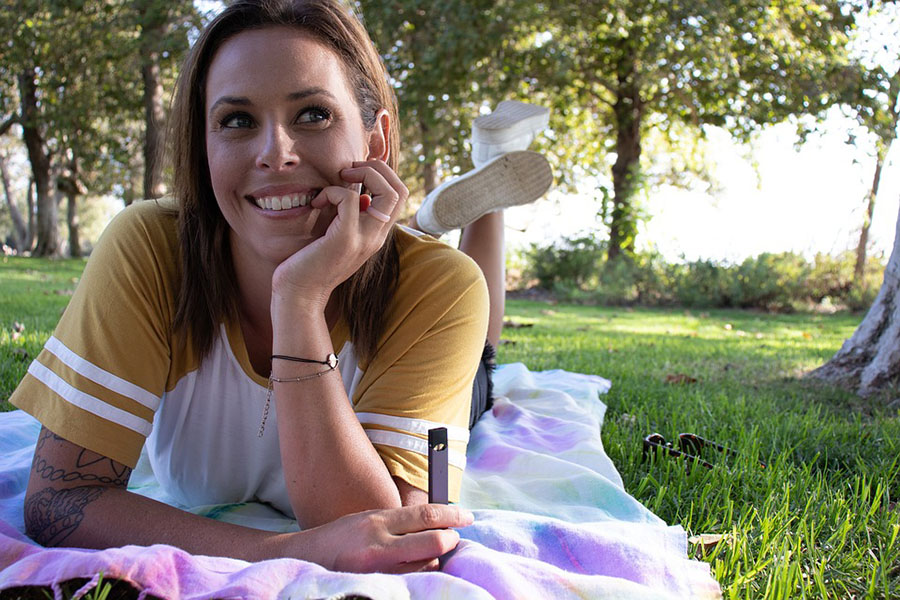
CBD Vape
The upside to vaping your CBD is that inhaling cannabidiol means it passes immediately to the lungs and is then rapidly transported into your bloodstream. Vaping is pretty much the fastest way to get CBD circulating through your body, but it also remains in effect for the shortest period of time – 10 to 20 minutes.
Because the effects are felt within minutes, vaping is best suited for potentially treating anxiety and depression, reducing nausea and appetite stimulation, seizure control and headaches.
Vape dosing
Dosing with a CBD vaporizer pen or detachable cartridge is fairly simple. Most standard 1ml cartridges are good for 100-200 total puffs in total; a 1ml cartridge containing, say 200mg of cannabidiol, will give you approximately 1-2mg per puff.
As noted above, there are a couple of ways to vape cannabidiol. You can either medicate with a disposable vape pen or with a standard 510-threaded vaporizer battery base with detachable cartridges. Cannabidiol cartridges can be premade or refillable. On average, most vape users toke an average of 10-30mg per day. With chronic or severe conditions accompanied by considerable pain and inflammation, cannabidiol consumers can take up to 1500mg per day.
Here are some general guidelines for vaping cannabidiol:
| Body Weight | Mild Effect | Medium Effect | Heavy Effect |
| 80-150lbs | 12mg | 18mg | 23mg |
| 151-240lbs | 15mg | 23mg | 30mg |
| 241lbs and over | 18mg | 27mg | 45mg |
One possible downside to vaping is that some people don’t tolerate inhaling vapor or smoke very well and could have asthmatic or emphysema-type reactions. For individuals with reactive lungs, ingesting cannabidiol is probably a better option, even if it the effects are somewhat slower to take hold.
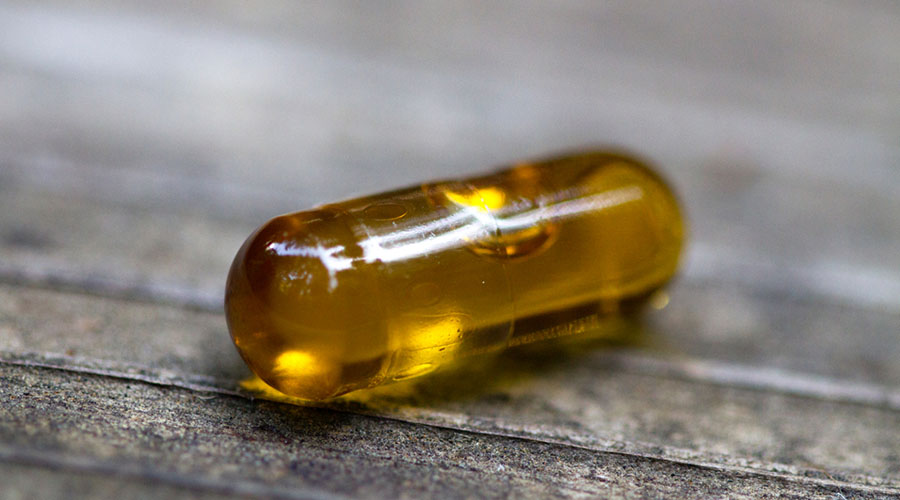
CBD Capsules
Conveniently, cannabidiol capsules come in premeasured amounts, so this is one of the easiest ways to dose yourself.
It can take between half an hour to an hour once you swallow a capsule before it works its way through your stomach, but the effects last for hours versus only a portion of an hour, like vaping. Unlike vaping or taking drops of oil, capsule dosage is exact – there is no guesswork.
Dosing with CBD capsules
Microdosing, taking tiny, incremental amounts to adjust the effects that you experience, is much more difficult with capsules than with cannabidiol oil drops or vapor puffs. There’s nothing to say that you couldn’t follow up downing a capsule with a drop of oil if you wanted a slightly more powerful effect – but less strong than taking two capsules.
You could also use scissors to crop the end off the capsule and drink the liquid, or use it sublingually for a faster effect. By drinking the liquid from the capsule, you run the risk of getting less than the full amount or effect – unless that’s what you want for microdosing. Measuring the actual amount of cannabidiol you’re taking is less than precise if you attempt to drink the liquid this way.
5mg tends to be the smallest amount that you can get cannabidiol capsules in, with 1500mg being the absolute largest size. Most typically, capsules are found within in the 25-50mg size range. Having different sized capsules – say 5mg, 10mg and 25mg – on hand would be another way to tailor your dosing requirements very precisely, so you could take any combination of sizes to reach the effect level you desire. After all, lots of people have different sizes of aspirin, Tylenol or other NSAID pain relievers on hand for precisely that reason.
Like cannabidiol oil, cannabidiol capsules come in full-spectrum, broad-spectrum, or CBD isolate because capsules are filled with oil, just enclosed in a dissolvable gelatin capsule. That being the case, it isn’t hard to use similar dosing guidelines:
| Body Wight | Mild Effect | Medium Effect | Heavy Effect |
| 46-85lbs | 10mg (two 5mg capsules, or one 10mg) | 15mg (three 5mg capsules, or one 5mg and one 10mg) | 20mg (four 5 mg capsules, or two 10mg) |
| 86-150lbs | 15mg (three 5mg capsules, or one 5mg and one 10mg) | 20mg (four 5mg capsules, or two 10mg) | 25mg (five 5mg capsules, or one 5mg and two 10mg) |
| 151-240lbs | 20mg (four 5mg capsules, or two 10mg) | 25mg (five 5mg capsules, one 5mg and two 10mg, or one 25mg) | 30mg (six 5mg capsules, three 10mg, or a 25mg plus a 5mg) |
| 241lbs and over | 25mg (five 5mg capsules, one 5mg and two 10mg, or one 25mg) | 30mg (six 5mg capsules, three 10mg, or a 25mg plus a 5mg) | 45mg (nine 5mg capsules, four 10mg and a 5mg, one 25mg plus two 10mg) |
Hopefully you get the idea: cannabidiol capsules are sold in various strengths and so you can take them regularly or as needed, tweaking the dosage as we noted above to meet your needs.
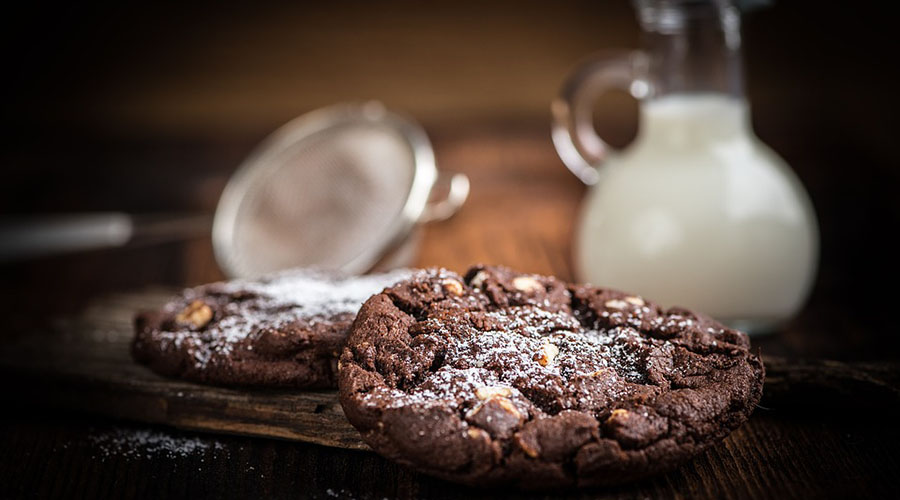
CBD Edibles
Edibles (sometimes referred to as medibles) are also made from cannabidiol oil, it’s just baked into or mixed into whatever food or beverage you are consuming. Consequently, there are a whole wide range of treats that are tasty, helpful and healthy to eat; Treats such as brownies, cookies, chocolates, gummies, coffees, teas and more.
Dosing with CBD edibles
Premade edible packages are usually labeled with the total milligrams of cannabidiol in the entire treat – so if you have a cookie with 100mg, then you could eat a quarter of that for roughly 25mg of cannabidiol dosing. You can make your own medibles by adding oil as you prepare, cook or bake – using the dropper to dose the amount you want to add to your coffee, tea, soup, or baking mix.
Unless you eat the whole thing, subdividing or microdosing with edible products is a bit imprecise. You can’t be exact with CBD-infused edibles, but close enough – especially for minor concerns like headaches, muscle aches or just to enjoy a late night treat with some cannabidiol in it before you head off to bed for a restful slumber. Smaller premade edibles, like gummies, usually come in 10-25mg apiece sizes, making them pretty easy to use measurably – rather like capsules.
Sometimes gummies are given in total milligrams for the package on the label, so you can determine the strength per gummy by dividing the total milligrams by the number of gummies. Simple math will tell you that a 100mg package of gummies with 20 gummies in the container means that the gummies are 5mg each (100mg ÷ 20 pieces = 5mg per piece). Bigger baked good or candies like a 200mg cannabidiol chocolate bar can be snapped into pieces – so halving it would give you 100mg each, quartering would yield 50mg sections, and so forth.
Once you eat a medible or piece of one, it can take between half an hour to an hour for the effects to become noticeable. You may have to wait awhile before deciding you need another bite and then that bite will take about as long to really kick in. With cannabidiol edibles, they are slow acting but long lasting – that’s something to keep in mind when you consider whether to take cannabidiol orally.
CBD Topicals
If you have muscle pain, skin rashes, or an epidermal bacterial infection then cannabidiol skin treatments like ointments, massage oil, salves, lotions and even skin patches might be of interest to you. Cannabidiol works with your body’s endocannabinoid system to bring homeostasis, or balance, to your bodily organs and one of those organs is your skin, which has endocannabinoid receptors throughout.
Topicals are sold with a cannabidiol total noted on the label – usually from a low of 50mg/ml up to around 1200mg/ml. While it’s hard to be precise with dosing when using a skin cream, you can target specific areas of pain and inflammation fairly directly; you will experience soothing relief within minutes of applying the cream or ointment and the effects generally peak after about 90 minutes.
The absorbency of your skin and your own metabolism will have some effect on how fast the cannabidiol is absorbed, reacts and lasts. As a rule, the more potent the amount of cannabidiol is the more expensive the topical may be. Just as with oil and capsules, creams come in full-spectrum, broad-spectrum, or CBD isolate – and the purity of the cannabidiol concentration may also boost the cost. CBD isolate is generally the most expensive form of cannabidiol due to processing out the other cannabinoids. And with topicals, too, there is an entourage effect from the presence of the other cannabinoids.
Dosing with CBD topicals
The closest thing to measurable dosing with CBD topicals is using teaspoons as a reference – not that anyone uses teaspoons to scoop out and apply cannabidiol topical lotions, but it gives you a rough idea of the amount. Therefore, if your 200mg cream contains 20 teaspoons, then each teaspoon would be about 10mg. It’s a rough measure, and that way you can somewhat gauge the potency of the cream that you scoop out and apply with your fingers. For mild pain, low amounts of 5mg per teaspoon dose may be affective, for higher pain levels you’d obviously want more along the lines of 25mg per dose.
Transdermal patches infused with cannabidiol stick to your skin and slowly release cannabidiol through your skin into your blood stream. Patches can give you hours of relief, and you can simply put one on and forget about it, wearing it underneath your clothing for complete privacy and unobtrusiveness. You want to ideally apply the patch to an area of clean skin that is not very oily, so it will stick, and free of hair, so you don’t painfully tear it out when you remove the patch. Some good places to park a pain patch include the inside of your wrists, on either side of your biceps, along your shoulders, on the back of your neck, pretty much anywhere on your back, or the ankle of your foot.
10 to 20mg are popular strengths for patches, and you can use multiple patches in different areas to add potency to your dermal treatment. Patches retain effectiveness for between 8 to 12 hours depending on their strength and your metabolism.

What is the Best Way For You to Take CBD?
There is no one way to take cannabidiol that is going to suit everybody. Factors that you may have to consider include how fast you need relief, how long you need it to last, what specific condition you are treating, and what works best for you in particular situations – at work, at home, or on-the-go.
Pain relief at work may be best handled by a dermal patch worn under your clothing. At home you may opt for quick relief from a vape or sublingual drops. And while on-the-go, a infused edible may handle minor pain or stress issues. Oil or a tincture is by far the most popular option, and taking some under your tongue, sublingually, produces fast results; and nearly any condition (pain, anxiety, PTSD, epilepsy seizures, and so on) can be treated with cannabidiol oil. Oil is available in a variety of overall strength bottles up to 1500mg, and it’s easy to dose with a squeeze dropper. Capsules are conveniently premeasured for easy dosing; and, other than sublingually, pretty much the same as oil insofar as convenience of taking. It will take a while longer for any option to kick in if it has to pass through your digestive tract.
You can also take cannabidiol by vape – which gives you quick but short-term relief, excellent for de-stressing or to target minor pain like headaches. Vapes are portable and easy to use, usually just a one-button press. You can munch a medible to keep pain, stress and depression tamped down, but that again takes a while because you have to digest it – so the effects are delayed half an hour or more. Lastly, you can use cannabidiol topically with a cream, ointment or patch – which targets relief specifically to areas of pain or, in the case of a dermal patch, can be worn beneath clothing discretely.
These are the different ways that you can take cannabidiol – which one is the best is up to you and what works for your needs. You don’t have to pick just one, many cannabidiol users employ a combination of methods to suit their needs of the moment – try them out and see how much better you feel!


